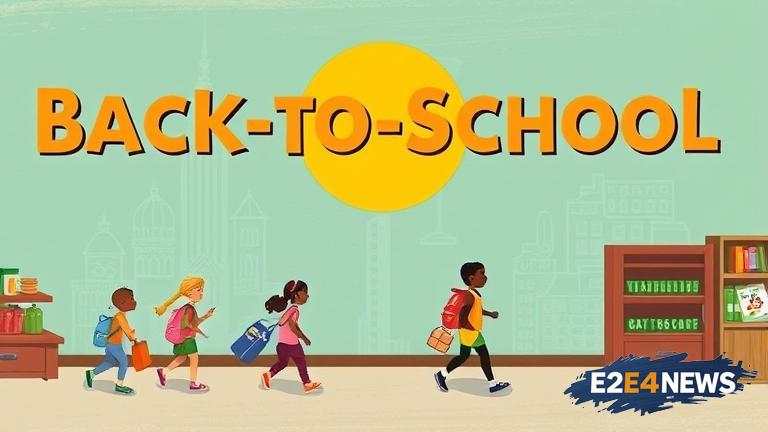The back-to-school shopping season has undergone significant changes over the years, with the traditional layaway plan being a relic of the past. In the not-so-distant past, parents would visit their local department stores and select the necessary items for their children’s upcoming school year, only to have the store hold the items until they were paid for in full. This practice, known as layaway, allowed families to budget for the expensive back-to-school season by making regular payments over a set period. However, with the rise of credit cards and online shopping, the need for layaway plans has decreased significantly. Today, parents can simply purchase the necessary items online or in-store, using a variety of payment methods, including credit cards, debit cards, and even mobile payments. Despite the convenience of modern shopping methods, many people still reminisce about the days of layaway, when shopping was a more personal and community-driven experience. Department stores would often have a dedicated layaway department, where customers could browse and select items, and then make regular payments until the items were paid for in full. The layaway plan was not only a budgeting tool but also a way for families to teach their children the value of money and the importance of saving. In addition to the financial benefits, layaway plans also allowed families to avoid the temptation of impulse purchases, as they were committed to paying for the items they had selected. The decline of layaway plans can be attributed to the rise of big-box stores and online retailers, which offer a wider selection of products at competitive prices. Furthermore, the increasing popularity of credit cards has made it easier for consumers to make purchases without having to worry about paying for them immediately. As a result, many department stores have phased out their layaway plans, opting instead for more modern financing options, such as credit cards and online payment plans. Despite this, some retailers still offer layaway plans, often with a twist, such as online layaway or flexible payment plans. The nostalgia for layaway plans is not just about the financial aspect, but also about the experience of shopping in a physical store, where customers could interact with sales associates and other customers. The personal touch and community aspect of layaway shopping are often missing from modern online shopping experiences. In conclusion, the evolution of back-to-school shopping has been significant, with the traditional layaway plan being replaced by more modern financing options and online shopping methods. While some may mourn the loss of layaway plans, others see the benefits of the new shopping landscape, which offers greater convenience, flexibility, and choice. The back-to-school shopping season will continue to evolve, with retailers adapting to changing consumer habits and preferences. As the retail landscape continues to shift, it will be interesting to see how back-to-school shopping changes in the future, and whether the nostalgia for layaway plans will lead to a resurgence of this traditional practice.
